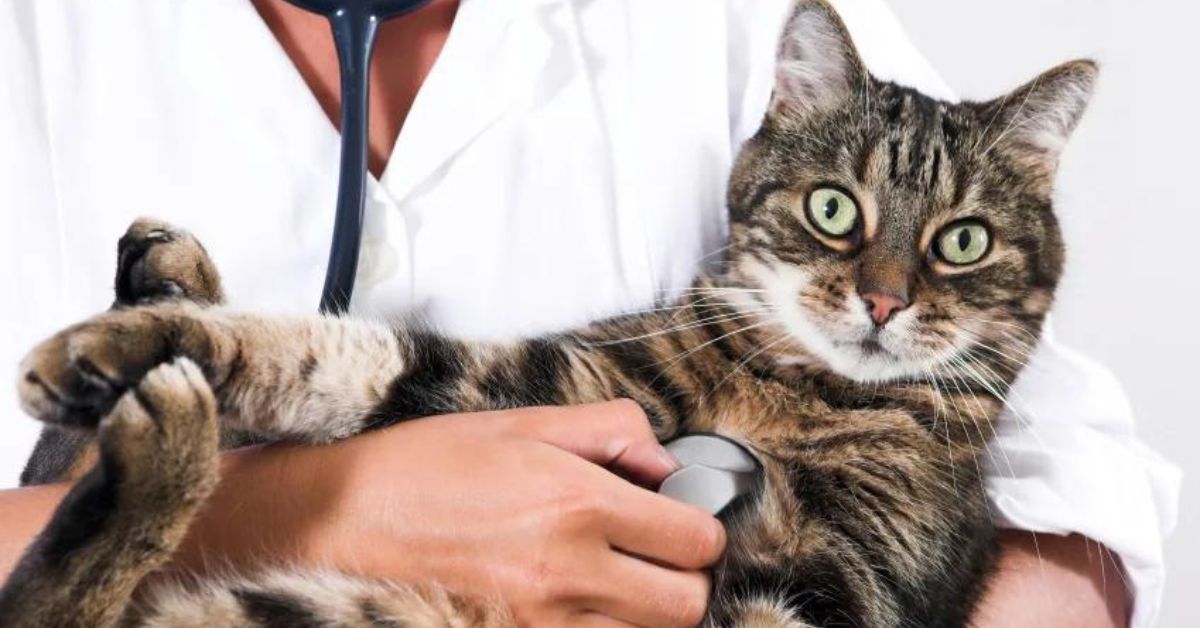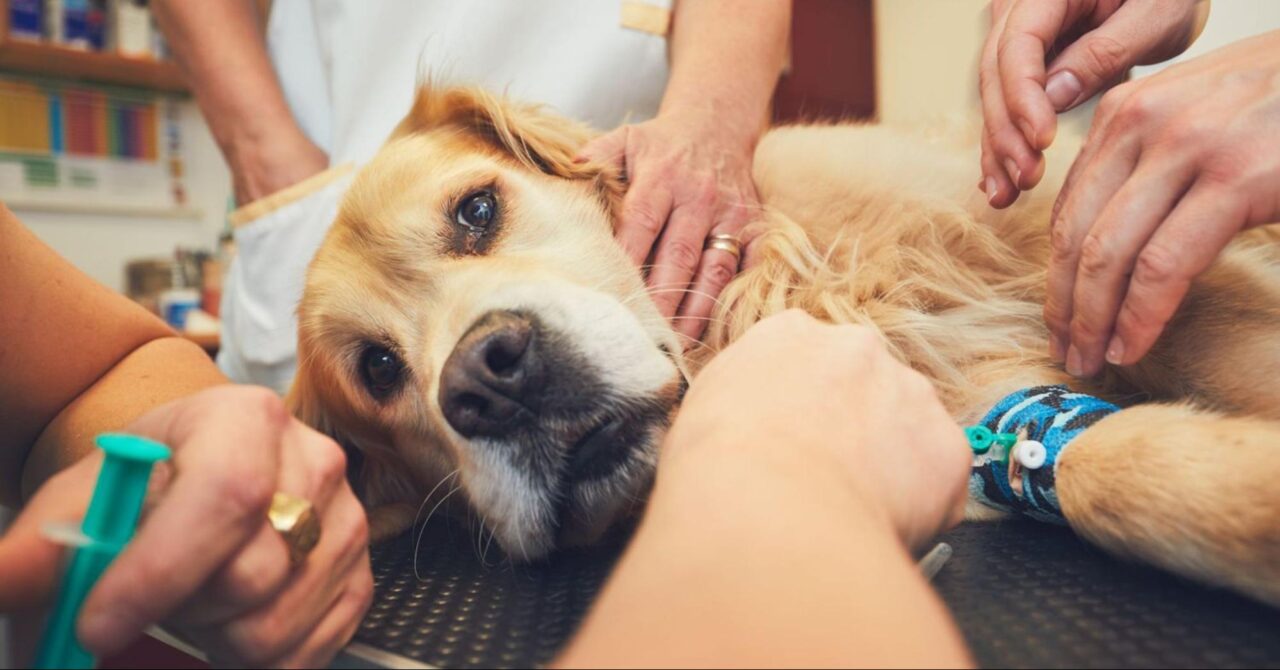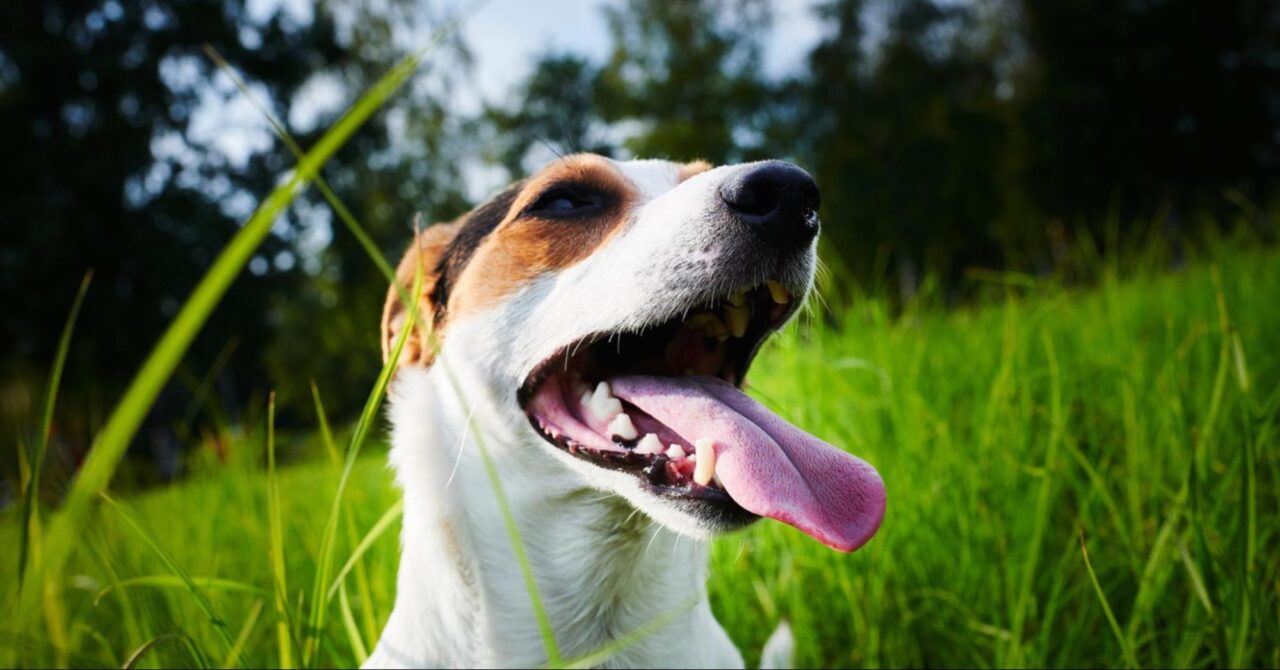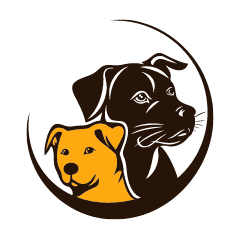
Unraveling the mystery of Cushing’s disease in a dog canine companions a comprehensive guide
Cushing’s disease in a dog, recognized affectionately as hyperadrenocorticism, plagues our beloved canine companions as a prevalent endocrine disruption. It occurs when the adrenal glands produce an excess of cortisol, a steroid hormone essential for various bodily functions. While this condition can affect dogs of any age, it’s more prevalent in older canines, especially senior dogs. Understanding the signs, symptoms, diagnosis, and treatment options for Cushing’s disease is crucial for pet owners to ensure early detection and effective management.
Understanding Cushing’s Disease
Cushing’s disease develops when there’s an overproduction of cortisol in the dog’s body. This excess cortisol can result from various factors, including pituitary tumors, adrenal tumors, or prolonged steroid therapy. The condition disrupts the normal functioning of the endocrine system, leading to a range of health issues.
Causes of Cushing’s Disease in Dogs
The primary causes of Cushing’s disease in dogs include:
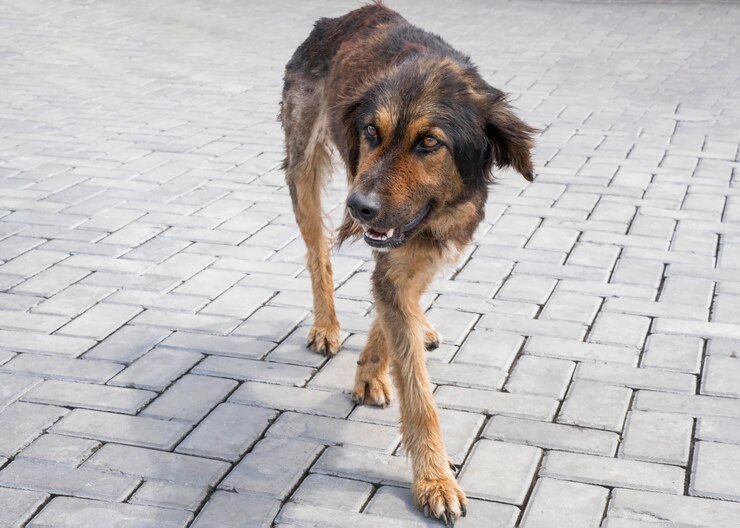
- Pituitary-dependent hyperadrenocorticism (PDH)
- Adrenal-dependent hyperadrenocorticism (ADH)
- Iatrogenic Cushing’s syndrome (caused by prolonged steroid therapy)
- Common Symptoms to Watch For
- Recognizing the symptoms of Cushing’s disease in dogs is essential for early intervention. Some common signs include:
Cushing’s diseases in a dog include:
- Increased thirst and urination (polydipsia and polyuria)
- Weight gain, especially around the abdomen
- Muscle weakness and loss of muscle mass
- Thin and fragile skin, prone to infections
- Excessive panting and heat intolerance
- Changes in appetite, either increased or decreased
- Signs and Symptoms of Cushing’s Disease
- Early Signs in Dogs
- In the early stages, Cushing’s disease may present subtle symptoms that can be easily overlooked. These signs may include:
Mild hair loss, particularly on the trunk
Lethargy and reduced activity levels
Development of a pot-bellied appearance
Advanced Symptoms Indicating Disease Progression
As the illness tightens its grip, the manifestations grow more prominent, inflicting a heavier burden that can encompass:
- Severe hair loss and thinning coat
- Persistent panting and discomfort
- Increased susceptibility to infections
- Neurological symptoms such as seizures or disorientation
- Differentiating from Normal Aging Signs
- It’s essential for pet owners to differentiate between the symptoms of Cushing’s disease and normal aging signs in dogs. While some changes, such as reduced activity levels, may occur with age, excessive thirst, and urination, along with rapid weight gain, are indicative of an underlying health issue like Cushing’s disease.
Diagnosis of Cushing’s Disease
Diagnosing Cushing’s disease requires a comprehensive evaluation by a veterinarian. The diagnostic process typically involves the following tests and procedures:
- Diagnostic Tests and Procedures
- Blood tests to measure cortisol levels
- Urine tests to assess cortisol excretion
- Imaging studies such as ultrasound or MRI to detect tumors
- ACTH stimulation test to differentiate between PDH and ADH
- Importance of Veterinary Consultation
- Pet owners should seek veterinary assistance if they notice any concerning symptoms in their dogs. Early diagnosis and treatment can significantly improve the prognosis and quality of life for dogs with Cushing’s disease.
Treatment Options for Cushing’s Disease
Managing Cushing’s disease involves a combination of medical therapy, surgical intervention, and supportive care.
Medication Therapy

The most common approach to treatment involves administering medications to suppress cortisol production. These medications may include:
- Trilostane
- Mitotane (Lysodren)
- Ketoconazole
- Surgical Options
- In cases where tumors are present, surgical removal of the adrenal or pituitary tumor may be recommended. However, surgery carries inherent risks and may not be suitable for all dogs.
Lifestyle Changes and Supportive Care
In addition to medication and surgery, lifestyle modifications such as dietary adjustments and regular exercise can help manage the symptoms of Cushing’s disease. Providing a comfortable environment and ensuring proper hydration are also essential aspects of supportive care.
Managing Cushing’s Disease in Senior Dogs
Senior dogs with Cushing’s disease require special attention and care to maintain their quality of life.
Special Considerations for Older Dogs
Regular monitoring of vital signs and symptoms
Adjustments to medication dosages as needed
Providing a balanced diet and appropriate exercise regimen
Ensuring a stress-free environment to minimize cortisol levels
Quality of Life Concerns
While Cushing’s disease is a chronic condition, proper management can significantly improve the quality of life for affected dogs. It’s essential for pet owners to work closely with their veterinarians to address any concerns and ensure the best possible care for their furry companions.
Prognosis and Final Stages
Understanding the prognosis and final stages of Cushing’s disease is crucial for pet owners facing this diagnosis
Understanding the Progression of the Disease
Cushing’s disease is a progressive condition, and without proper management, it can lead to serious health complications. However, with timely intervention and appropriate treatment, many dogs can live comfortably for extended periods.
End-Stage Symptoms and Care Options
In the final stages of Cushing’s disease, dogs may experience severe complications such as:
- Muscle wasting and weakness
- Increased susceptibility to infections
- Neurological abnormalities
- Poor overall quality of life
- At this stage, the focus shifts to providing palliative care and ensuring the dog’s comfort and well-being. Pet owners may need to make difficult decisions in consultation with their veterinarians regarding the appropriate course of action.
Preventive Measures
While some risk factors for Cushing’s disease, such as age and breed predisposition, cannot be controlled, there are steps pet owners can take to reduce the likelihood of their dog developing this condition.
A few more symptoms of Cushing’s disease in dogs are given below!
- Understanding Cushing’s Disease
Cushing’s disease, also known as hyperadrenocorticism, is a hormonal disorder prevalent in dogs. It occurs when the body produces an excess of cortisol, a stress hormone, leading to various health complications. Signs and Symptoms - What are the first signs of Cushing’s disease in dogs?
Early signs include increased thirst, frequent urination, weight gain, and a pot-bellied appearance. These symptoms may seem innocuous at first but warrant attention. - Identifying Cushing’s in Senior Dogs
As dogs age, they become more susceptible to health issues, including Cushing’s disease. Keep a close eye on senior dogs for symptoms such as muscle weakness, thinning skin, and hair loss. Exploring the Final Stages - What does the journey to the end entail for our faithful companions battling the grips of Cushing’s disease?”
In the advanced stages, dogs may exhibit severe symptoms like extreme lethargy, loss of appetite, and neurological issues. Timely intervention is crucial at this stage. - Impact on Dog’s Mobility: Back Leg Weakness Cushing’s syndrome can affect a dog’s mobility, leading to weakness in the back legs. This can result in difficulty walking, climbing stairs, or even standing up.
- Treatment Options
Addressing Cushing’s disease requires a multi-faceted approach. Treatment options may include medication, surgery, or radiation therapy, depending on the severity of the condition and the dog’s overall health. - Delving into Causes What causes Cushing’s disease in dogs?
Several factors can contribute, including tumors in the pituitary or adrenal glands, prolonged steroid therapy, or genetic predispositions. Unveiling the root cause stands as a pivotal step toward administering treatment that resonates with potency and hope. - Recognizing Advanced Symptoms What are the symptoms of advanced Cushing’s disease in dogs?
Advanced symptoms may manifest as muscle wasting, bloating, panting, and even behavioral changes such as aggression or depression. Prompt veterinary care is imperative to alleviate suffering. - Providing Comfort and Care:
While Cushing’s disease can be challenging to manage, with proper care and attention, dogs can lead fulfilling lives. Stay vigilant, prioritize regular check-ups, and cherish every moment with your furry companion.
Conclusion
Cushing’s disease is a complex condition that requires careful management and treatment. By understanding the signs, symptoms, and treatment options, dog owners can provide their pets with the necessary care and support to enhance their well-being and longevity.
FAQ
How to understanding Cushing’s disease in a dog?
Cushing’s disease develops when there’s an overproduction of cortisol in the dog’s body. This excess cortisol can result from various factors, including pituitary tumors, adrenal tumors, or prolonged steroid therapy. The condition disrupts the normal functioning of the endocrine system, leading to a range of health issues.







